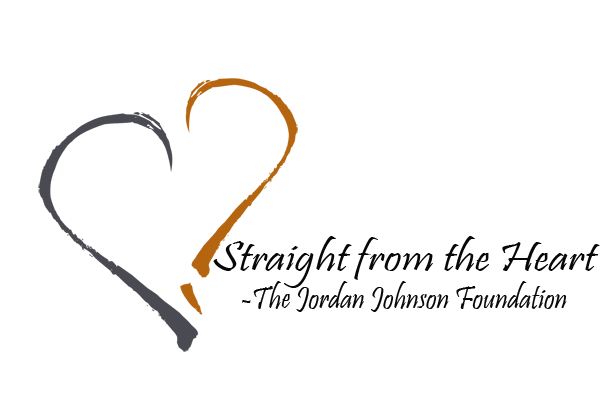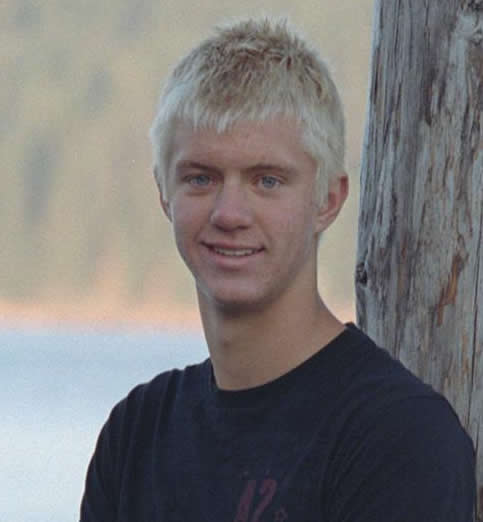|
Sudden Cardiac Arrest Information:
On average, a seemingly healthy young person suffers a sudden cardiac arrest every three days in the US and it’s the leading cause of death in exercising young athletes. In most cases of sudden cardiac arrest, cardiac abnormalities are not detected, there are no warning signs, and unless a normal heart rhythm is restored within minutes, death is the end result.
1.) Sudden Cardiac Arrest is more prevalent than you think.
Statistics show that everyone will at sometime in their life be affected, in some way, by cardiac arrest. The general public hears “cardiac arrest” and thinks it only happens to the sick or elderly, but they are sadly mistaken. It strikes the young and old alike, without any signs or warnings.
2.) Cardiac arrest is NOT the same as a heart attack.
A heart attack is considered a “plumbing” problem, whereas cardiac arrest is an “electrical” problem. A heart attack is when blood flow to the heart’s muscle gets partially clogged or completely blocked, making it impossible for the extremities to receive blood. A heart attack often has symptoms of chest pain, upper body discomfort, shortness of breath, lightheadedness, and sweating. There’s a good possibility that a person can take action before there is too much damage.
Sudden Cardiac Arrest, on the other hand, has no symptoms. Unlike a heart attack where the heart will continues to try pumping blood, a person in cardiac arrest has no heartbeat. The heart quivers, but does not pump. It strikes without warning for a number of different reasons including genetic factors and cardiac abnormalities. The symptoms for cardiac arrest? Sudden collapse, no pulse, no breathing, and loss of consciousness. Your life is in the hands of another person. A shock from a defibrillator is the only thing that can save a person in cardiac arrest.
3.) An AED Only Shocks Certain Detectable Heart Rhythms.
AEDs have advanced technology that analyze a person’s heart to check for certain arrhythmias. Only if arrhythmias which cause cardiac arrest are detected, will a shock be delivered. You cannot intentionally or unintentionally hurt someone with an AED.
4.) Anyone can use an AED.
AEDs are designed to be fool-proof. The AED talks a person through the entire rescue via voice prompts, and will give clear, concise instructions. Many AEDs on the market offer fully automatic options, where the rescuer doesn’t even have to push a shock button. Study upon study has shown that AEDs are simple enough for anyone to operate, including children as young as 7 years old.
5.) You Only Have 5 Minutes.
When Cardiac Arrest strikes, you have 5 minutes before brain damage, and then death occurs. Think about how quickly 5 minutes passes. Quick access to an AED leads to early defibrillation, which dramatically increases the chance of a life being saved. For every minute that passes after a person collapses, the chance of survival decreases by 10%. The more AEDs that are deployed in public facilities, homes and cars, the more “safe zones” are created.
Straight from the Heart -The Jordan Johnson Foundation will offer CPR and AED educational training programs for communities and schools. By helping communities understand about Sudden Cardiac Arrest and the importance of learning CPR as well as being trained to use Automated External Defibrillators, we will significantly reduce the incidence of sudden cardiac death. If you are interested in having an awareness event in your community, please contact Cyndie@straightfromtheheart.us.
Schools in Idaho
Requirement Breakdown
-
Requirement goes into effect for students entering 9th grade in the 2015-2016 school year
-
School districts must provide one time cardiopulmonary resuscitation (CPR) and automatic external defibrillator (AED) instruction as part of the health curriculum.
-
CPR education does not need to cover all victim sizes (adult/child/infant) but does require a hands-on component to training.
Excerpts from Bill
“Effective for all public school students who enter high school at the 9th grade level in Fall 2015 or later, each student shall receive a minimum of one (1) class period on psychomotor cardiopulmonary resuscitation (CPR) training as outlined in AHA Guidelines for CPR to include the proper utilization of an automatic external defibrillator (AED) as part of the Health/Wellness course.”
- See more at: http://schoolcpr.com/requirements/idaho/#sthash.PVgIUEXn.dpuf
|



